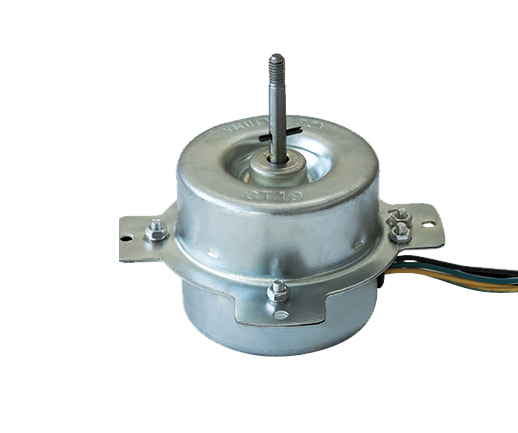Variable speed settings significantly enhance the funct […]
Variable speed settings significantly enhance the functionality of range hood fan motors by providing users with greater control and customization over the ventilation process.
1.Optimized Ventilation Performance:
Variable speed settings play a crucial role in optimizing ventilation performance based on the intensity of cooking activities. For instance, when simmering or light sautéing, a lower fan speed is sufficient to capture steam and minor odors. On the other hand, when searing or grilling, users can increase the speed to rapidly eliminate larger volumes of smoke and cooking odors. This adaptability ensures that the range hood operates at an optimal level for different culinary scenarios.
2.Energy Efficiency:
The energy efficiency of range hood fan motors is greatly enhanced by the availability of variable speed settings. For example, during routine cooking tasks such as boiling or steaming, users can choose lower fan speeds, reducing power consumption. This not only lowers energy bills but also aligns with sustainability goals by conserving resources.
3.Noise Reduction:
Variable speed settings contribute to a quieter kitchen environment. For instance, when engaged in light cooking activities like reheating or baking, users can select a lower fan speed to maintain adequate ventilation without generating excessive noise. This noise reduction is particularly beneficial in open-concept kitchen spaces where quiet operation enhances overall comfort.
4.Customizable User Experience:
The customizable user experience provided by variable speed settings is exemplified in scenarios such as family gatherings. Users can adjust the fan speed to strike the right balance between effective ventilation and an atmosphere conducive to conversation. This customization ensures that the kitchen environment aligns with the preferences and needs of the users.
5.Adaptability to Different Cooking Styles:
Variable speed settings cater to diverse cooking styles. For example, in a kitchen where both light cooking and intensive culinary activities occur, users can adapt the fan speed accordingly. This flexibility accommodates a range of cooking styles, from slow simmering to high-heat searing, ensuring that the ventilation system is effective in all situations.
6.Enhanced Control Over Airflow:
The ability to control airflow precisely is exemplified in kitchen layouts with multiple cooking zones. Users can adjust the fan speed for targeted ventilation, directing airflow to specific areas where cooking activities generate the most smoke or steam. This level of control ensures efficient ventilation where it is needed most.
7.Improved Air Quality:
Variable speed settings contribute to improved air quality by addressing the fluctuating demands of different cooking tasks. For example, when preparing a quick stir-fry, users can increase the fan speed to swiftly capture and expel cooking fumes. This adaptability ensures that airborne contaminants are effectively removed, contributing to a healthier indoor environment.
8.Reduced Wear and Tear:
By utilizing lower fan speeds during periods of lower ventilation demand, users can mitigate wear and tear on the range hood fan motor. This is exemplified in kitchens where occasional light cooking occurs. The reduced strain on the motor components contributes to an extended lifespan of the ventilation system and minimizes the need for frequent maintenance.
9.Compliance with Local Regulations:
Variable speed settings are essential for compliance with local regulations governing kitchen ventilation. In regions with specific guidelines on ventilation rates, users can adjust the fan speed to meet the prescribed standards. This adaptability ensures that the range hood operates within the regulatory framework, promoting safety and adherence to local codes.
10.Enhanced Safety:
The safety benefits of variable speed settings are evident during cooking activities that don't require full ventilation power. For example, when using the stovetop at a low setting, users can set the fan speed accordingly. This not only conserves energy but also minimizes the risk of accidental injury, especially in households with children, where lower fan speeds can reduce the potential for burns.
11.Integration with Smart Home Systems:
Variable speed settings align with the trend of smart home integration. For instance, users can program the range hood fan to automatically adjust its speed based on real-time data, such as cooking intensity or indoor air quality. This level of integration ensures that the ventilation system operates intelligently, contributing to an efficient and connected home ecosystem.
12.Flexible Installation:
Variable speed settings provide flexibility during the installation process. In kitchens with complex ductwork or unique layouts, users can adapt the range hood fan motor speed to optimize performance and meet specific installation requirements. This flexibility ensures that the ventilation system can be tailored to the structural constraints of the kitchen space.
